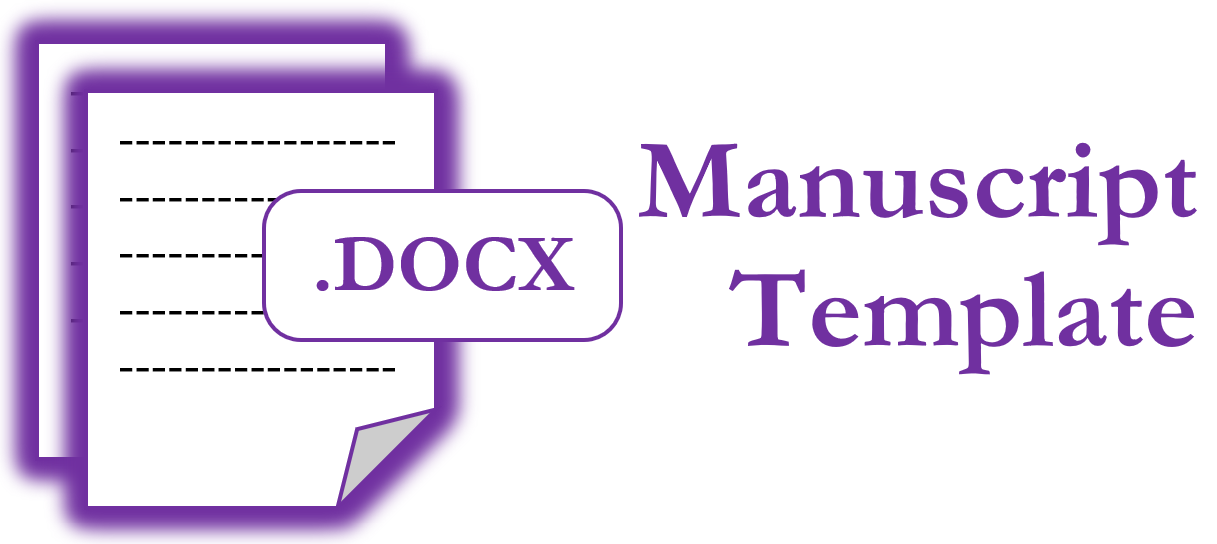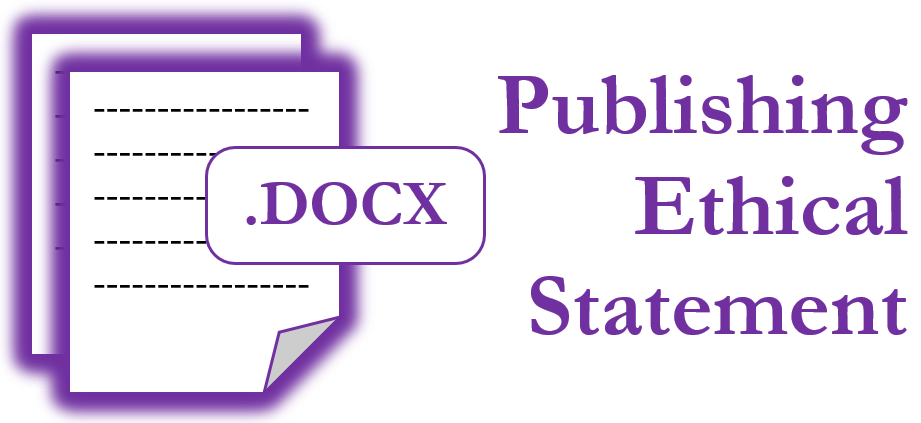Language and persuasion in Islamic preaching
DOI:
https://doi.org/10.31763/jorel.v2i1.16Keywords:
Religious Discourse, Linguistic Features, Islamic preaching, PersuasionAbstract
This study examines the linguistic characteristics and persuasive techniques utilized in Islamic sermons, with the objective of enhancing our comprehension of language's function in religious discourse. The study shows the different parts of these sermons that make them more convincing by looking at word choices, sentence structures, rhetorical techniques, emotional appeals, logical arguments, religious authority, and story-telling methods. An analysis comparing various situations and speakers demonstrates differences in language characteristics and persuasive techniques. The results of this study are good for both linguistics and Islamic studies because they give a thorough look at the language used in Islamic sermons and show how important it is for people from different fields to work together to understand religious discourse. More research needs to be done on the linguistic aspects of religious discourse in a variety of settings and traditions. This will help us understand how language affects how beliefs and attitudes are formed in religious settings.
Downloads
References
Abdel Haleem, M. A. (2004). Understanding the Qur'an: Themes and style. I.B. Tauris.
Al-Ali, M. N. (2010). The pragmatics of deference and politeness in the Arabic religious sermon (khutba). Intercultural Pragmatics, 7(4), 605–635. https://doi.org/xxxxx
Al-Mahadin, S. (2013). Rhetoric in religious discourse: A critical study of the language of Friday sermons in Jordan. In E. Archer & P. Jagodziński (Eds.), What's in a text? (pp. 15–34). Cambridge Scholars Publishing.
Al-Maqtari, F. (2013). The speech act theory in English and Arabic: A comparative study. International Journal of English and Education, 2(1), 193–206.
Al-Saqqaf, A. (2015). The language of Islamic sermons: A study of classical Arabic religious discourse. Journal of Islamic Studies, 26(2), 125–154. https://doi.org/xxxxx
Alter, R. (1985). The art of biblical narrative. Basic Books.
Banks, J. (2014). Religious discourse and emotional language. In E. Weigand & J. P. Gee (Eds.), Discourse, language, and social change (pp. 117–133). Routledge.
Brinton, L. J. (2008). The structure of modern English: A linguistic introduction. John Benjamins Publishing.
Bruner, J. (1991). The narrative construction of reality. Critical Inquiry, 18(1), 1–21. https://doi.org/xxxxx
Bulut, D. (2009). Language and identity in the Turkish religious sermon: A sociolinguistic analysis. Journal of Sociolinguistics, 13(2), 216–237. https://doi.org/xxxxx
Burke, K. (1969). A rhetoric of motives. University of California Press.
Cameron, D. (2017). Language and religion. In A. Barras & S. Palmieri (Eds.), Language, communication, and the economy: Discourse approaches to politics, society, and culture (Vol. 71, pp. 53–67). John Benjamins Publishing Company.
Chau, R. (2011). Religion and the state in post-war Taiwan. The China Quarterly, 208, 986–1006. https://doi.org/xxxxx
Chilton, P., & Schäffner, C. (2012). Language and politics. In J. P. Gee & M. Handford (Eds.), The Routledge handbook of discourse analysis (pp. 303–316). Routledge.
Cotter, C. R., & Robertson, D. G. (2016). New directions in the study of language and religion. In C. R. Cotter & D. G. Robertson (Eds.), After world religions: Reconstructing religious studies (pp. 119–134). Routledge.
Dananjaya, A. (2012). The structure of Islamic sermons: A study of sermon organization. Indonesian Journal of Applied Linguistics, 1(2), 1–12.
Davies, D. (2016). A new dictionary of Christian theology. SCM Press.
De Blois, F. (2000). Arabic and other Semitic languages in the Qur'an and in the Islamic religious discourse. Journal of Qur'anic Studies, 2(2), 1–28.
Fowler, R., Hodge, B., Kress, G., & Trew, T. (1979). Language and control. Routledge.
Ghazali, A. (2011). The art of Islamic preaching: A rhetorical analysis of selected Friday sermons. Intellectual Discourse, 19(2), 201–223.
Gibbs, R. W. (1994). The poetics of mind: Figurative thought, language, and understanding. Cambridge University Press.
Gibbs, R. W., & Cameron, L. (2008). The social-cognitive dynamics of metaphor performance. Cognitive Systems Research, 9(1), 64–75. https://doi.org/xxxxx
Giles, H., & Johnson, P. (1987). Ethnolinguistic identity theory: A social psychological approach to language maintenance. International Journal of the Sociology of Language, 68, 69–99.
Gimenez, J. (2017). Discourse strategies in Islamic preaching: A critical discourse analysis of Friday sermons in Turkey. Journal of Language and Religion, 6(1), 1–23.
Grimes, R. L., & Whitehouse, H. (2015). Research methods in the study of religion. In S. Sutcliffe & I. S. Gilhus (Eds.), New approaches to the study of religion (pp. 33–60). Walter de Gruyter.
Hadler, M. N., Gatchel, R. J., & Mayer, T. G. (2011). The relationship between language and health status in the assessment of chronic low back pain patients. Spine, 36(7), E468–E472.
Heritage, J., & Stivers, T. (2011). Allocating tasks and synthesizing perspectives in doctor-patient interaction. In C. Antaki (Ed.), Applied conversation analysis: Intervention and change in institutional talk (pp. 71–89). Palgrave Macmillan.
Ismail, N. (2017). Metaphor in religious discourse: A study of sermons in a Malaysian mosque. GEMA Online® Journal of Language Studies, 17(1), 19–36.
Ismail, N. A. (2019). A linguistic analysis of selected Islamic sermons in Malaysia: The case of the discourse strategies. Indonesian Journal of Applied Linguistics, 9(2), 391–400.
Jaspal, R. (2016). Language, social identity and religion. In H. Giles & A. Maass (Eds.), Advances in intergroup communication (pp. 201–217). Peter Lang.
Jones, A. (2003). Some ethical considerations for conversation analysis as a therapy research tool. International Journal of Language & Communication Disorders, 38(1), 13–28.
Kövecses, Z. (2010). Metaphor: A practical introduction. Oxford University Press.
Lakoff, G., & Johnson, M. (2003). Metaphors we live by. University of Chicago Press.
Matoesian, G. M. (2009). The language of persuasion. Language & Communication, 29(2), 109–123.
Nekmard, F. (2016). The role of context in shaping the linguistic features of Islamic sermons: A comparative study of sermons delivered in Iran and the United States. International Journal of Language and Linguistics, 4(2), 90–102.
Nofal, M. Y., & Badeeb, R. M. (2018). Persuasive strategies in religious discourse: A case study of Friday sermons in Saudi Arabia. International Journal of Applied Linguistics and English Literature, 7(5), 109–116.
Ryding, K. C. (2014). A reference grammar of Modern Standard Arabic. Cambridge University Press.
Searle, J. R. (1969). Speech acts: An essay in the philosophy of language. Cambridge University Press.
Suleiman, Y. (2006). The Arabic language and national identity: A study in ideology. Georgetown University Press.
Tannen, D. (1999). The argument culture: Moving from debate to dialogue. Random House.
Vásquez, M. A. (2011). The world made flesh: The language of embodiment in the study of religion. Religion, 41(2), 129–142.
Downloads
Published
Issue
Section
License
Copyright (c) 2025 Hafiz Mahmood Rahman

This work is licensed under a Creative Commons Attribution-NonCommercial-ShareAlike 4.0 International License.




